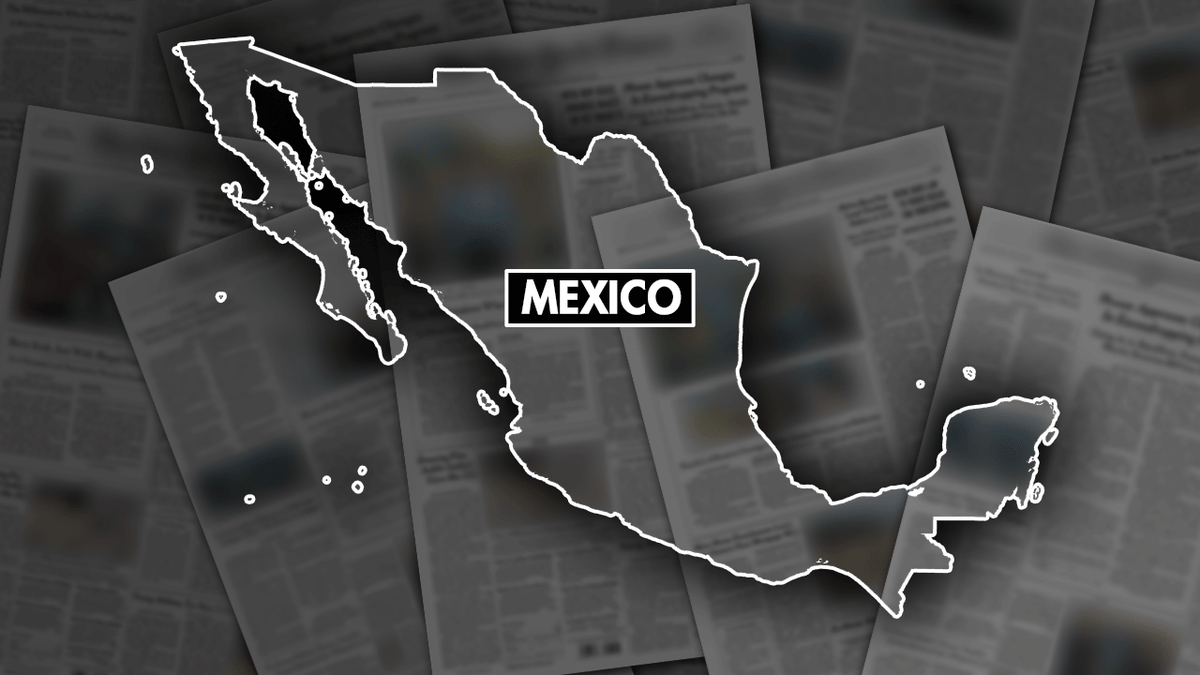Fox News Flash top headlines for March 5
Fox News Flash top headlines are here. Check out what's clicking on Foxnews.com.
MEXICO CITY (AP) — Mexico City’s drought and water shortage is so bad that one of the capital’s rainwater catchment basins caught fire Tuesday, scorching 75 acres (30 hectares) of dried-up vegetation.
The Mexico City fire department said in a statement that the fire had been brought under control by late afternoon, although photos distributed by the department showed a haze of smoke still blanketing the low-lying basin.
AIR FORCE VETERAN DISAPPEARS IN MEXICO, FAMILY 'NOT SURE IF HE'S ALIVE': REPORT
The El Cristo basin was hit by a fire that began late Monday on the city’s northwest side. The basins are meant to hold excess water from storm drains.
Because the city is located in a high mountain valley with no natural outlet, sudden rushes of rainwater tend to overwhelm the man-made drains; the catchment basins act as a buffer.
Normally, they are so green from previous rains that residents sometimes used them in the past as impromptu soccer fields or for grazing animals.

Severe drought has wreaked havoc in Mexico City. (Fox News)
But the central Mexico valley saw below-average rainfall in 2023. The situation is so bad that the Cutzamala reservoirs on the city’s outskirts are at about one-third of capacity, with some as low as 30%. The network of three reservoirs supplies about a quarter of the water for over 20 million residents in the Mexico City metropolitan area. Wells in the city provide most of the rest.
Mexican officials began restricting water from those reservoirs by roughly 8% in October and decreed a further 25% cut in November. It will probably be about three months until any significant rains fall.
CLICK HERE TO GET THE FOX NEWS APP
Officials said El Niño and heat waves caused the recent falloff in rain, but added that drought conditions have been intensifying the past four years and gradually lowering reservoir levels.
Studies have shown climate change creates stronger El Niño patterns that bring periods of decreased rain.
